Descripción
Mathematical Proofs: A Transition to Advanced, Segunda Edición , prepara a los estudiantes para los cursos de matemáticas más abstractos que siguen el cálculo.
Este texto presenta a los estudiantes técnicas de prueba y redacción de pruebas propias. Como tal, es una introducción a la empresa de matemáticas, que proporciona introducciones sólidas a las relaciones, funciones y cardinalidades de los conjuntos.
Ver más
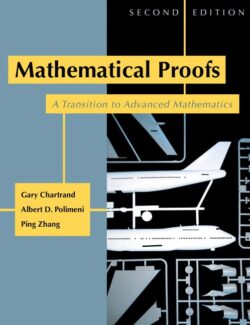
![Área [D] Aritmética – CEPRU Área [D] Aritmética – CEPRU](https://elsolucionario.me/wp-content/archivos/2022/12/area-d-aritmetica-cepru-1ra-edicion-250x325.jpg)
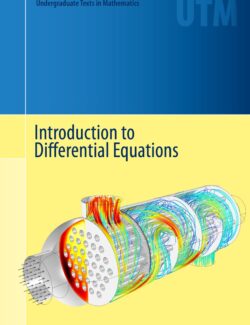



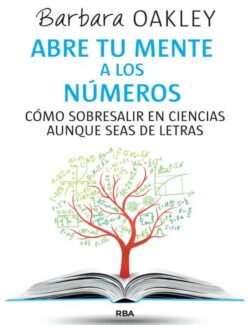
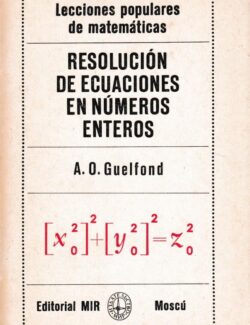
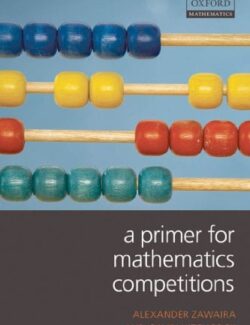


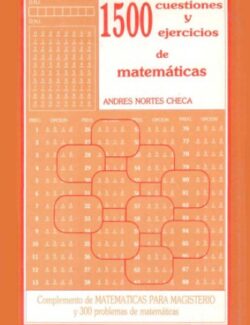
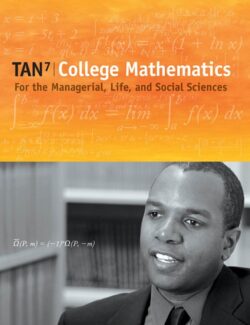
Déjanos un comentario
No hay comentarios